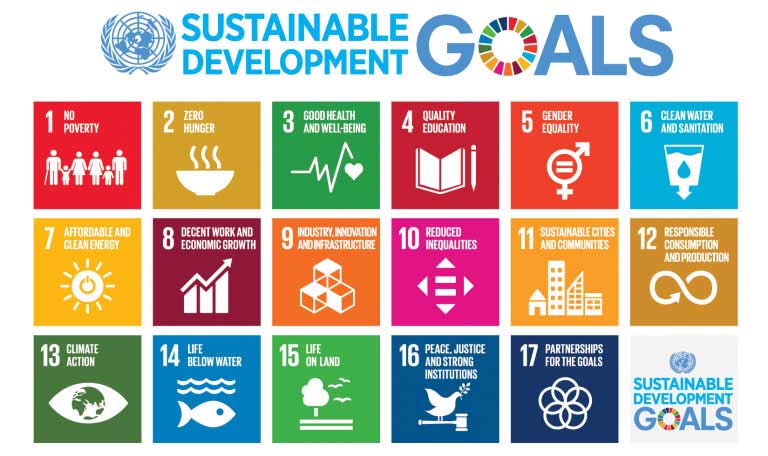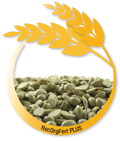The Project aims at recovering alkaline and infertile soils through the final development and fine-tuning for the market of a new organic-mineral fertilizer. This new organic-mineral fertilizer is produced with a patented technology using Sulphur fine-mixed with bentonite clay (to make it friable and easy to be absorbed by plants) and dried orange peels, locally sourced from polluting agricultural wastes, such as orange peels
LIFE RecOrgFert PLUS contributes to United Nations Sustainable Development Goals (SDGs) related not only to climate change and environment but also to poverty, inequality and quality of life ones, specifically:

Fertile land
The new organic-mineral fertilizer (mitigating the phenomenon of desertification) contributes to avoid migration of people from one place to another searching for fertile land.
Reverse the desertification process
The new organic-mineral fertilizer will help to reverse the desertification process, which is an on-going process in many poor Countries, therefore creating better opportunities of life locally.
Reduction in soil biodiversity
The new organic-mineral fertilizer will prevent the reduction in soil biodiversity, maintaining a natural equilibrium and a multi-functionality ecosystem, re-introducing organic matter in the soil at the same time.
No chemical components
The new organic-mineral fertilizer has no chemical components, and it is produced with only physical combination of basic materials, therefore there is no percolation of chemical components in the underground water such the chemical fertilizers do.
